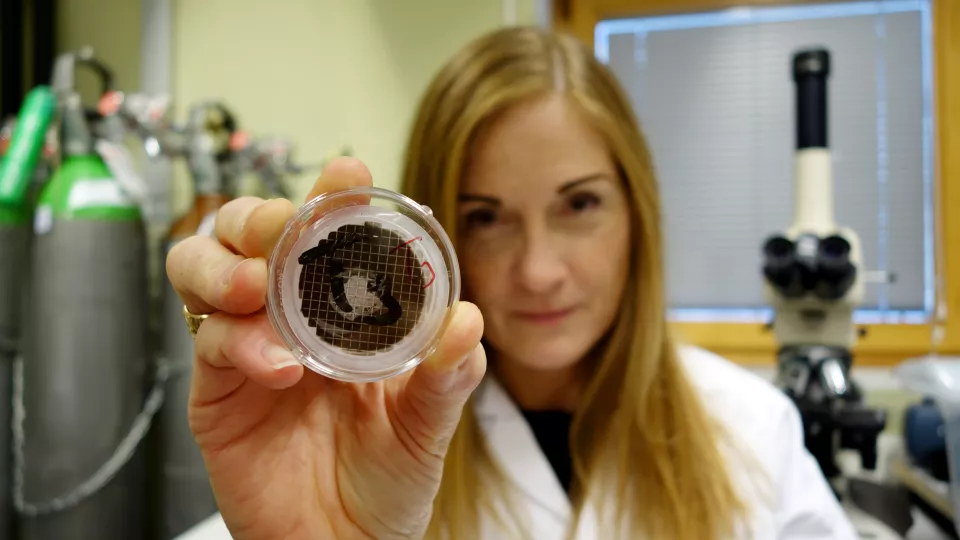Almedalsveckan (Almedalen Week) is a democratic meeting place where everyone can join and co-create. Chance meetings can lead to unexpected effects and admission is free. One of Lund University’s representatives in Visby this year is Vice-Chancellor Erik Renström. He says:
“In recent years, tensions between and within nation-states have increased and the world economy has entered a more uncertain phase. In view of this, the discussions we will be having with industry, politicians, and other stakeholders in society have a special value in helping us to understand our contemporary society and, hopefully, improve its conditions.”
Focus on air
One area in which there is an aim for improvement is the air we breathe. Many people die each year as a consequence of air pollution – as many as 7 million globally according to the WHO. The WHO is now lowering the maximum levels of air pollution, and as a result, the EU is updating its directives. But how are we to keep below the limits that will be set? This is one of the questions that will be taken up in the discussion on how to achieve cleaner air.
Christina Isaxon, PI at NanoLund and an aerosol researcher at the Faculty of Engineering (LTH), is one of the participants. She says:
“As a researcher, I am interested in what is required for us to comply with the air pollution maximum levels and how research can contribute. Hopefully, during the panel discussions, we can find common paths forward.”
Who actually owns the air issue?
In addition to researchers, the panel members will include decision-makers, interest groups, and healthcare representatives. Regarding the air issue, it is no one stakeholder’s concern.
“The air does not recognize national borders. Much of the air pollution we are exposed to in southern Sweden actually emanates from entirely different parts of the world. The air brings pollution here.”
Christina Isaxon considers that the differing legislation between countries on air pollution makes the issue particularly complex and concludes with a rhetorical question:
“Who actually owns the air issue?”
Christina Isaxon also participates in a talk organized by the think tank “Humtank”, where she will discuss what is needed, and how closer collaboration between the humanities and technology may contribute to less air pollution and better global health. She discusses with Lovisa Brännstedt, researcher in Classical archaeology and ancient history.


